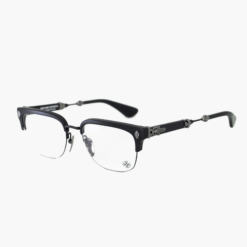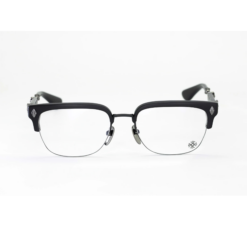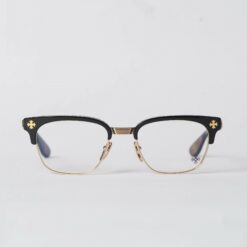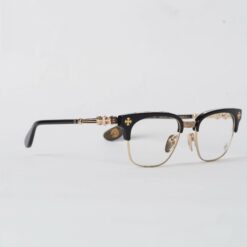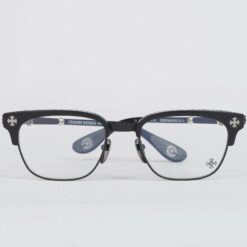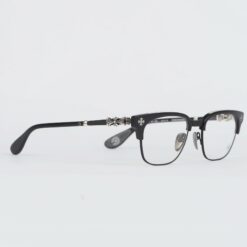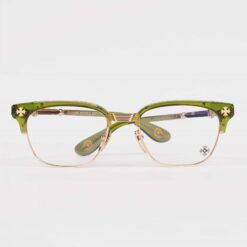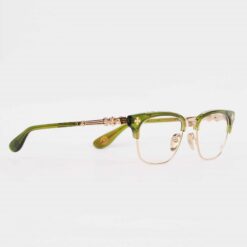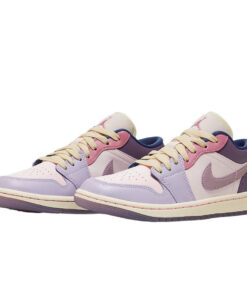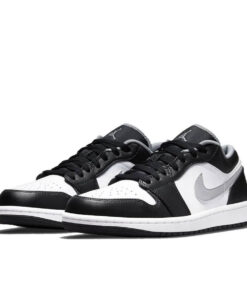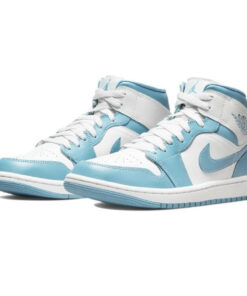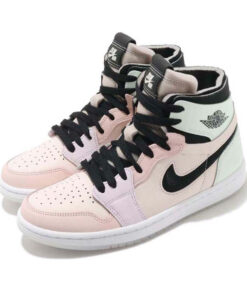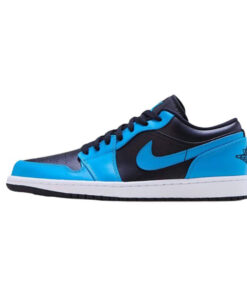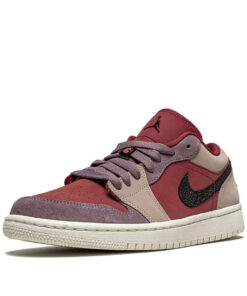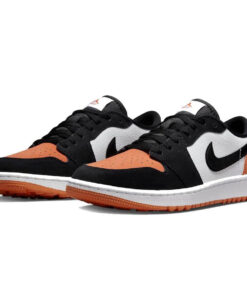trending fashion
Bottoms Up – How to Buy Football Cleats, Part 5 – Playing Surface – Synthetic Turf
Chrome Hearts Glasses
Chrome Hearts Glasses
Chrome Hearts Glasses
Chrome Hearts Glasses
Check our Latest products!
The position you play in football is one of the main dealbreakers when you’re choosing between styles of football cleats. The categories “molded,” “detachable” and “turf” refer to which type of cleat is appropriate for different fields. We’ve talked about the recommendations for natural grasses, but we can’t end the conversation without discussing synthetic grasses.
Back in the ’60s, they created this wonderful product called artificial turf. It was a no-maintenance, perpetually green playing surface that bore little to no resemblance to real turf. This short-pile synthetic turf slowly took over the world as clubs replaced their natural grass with no-maintenance surfaces. Some areas of the country still use it, either because it’s tradition or because they can’t afford to replace it. If you ever play on astro-type turfs, you absolutely need the short rubber nubs of a turf outsole like those found on the Nike Air Speed Destroyer or Nubby.
The Delorean of fake sod was pretty and looked good on camera, but it was notorious for its unforgiving hardness and its devilish ability to cause rug burns. The manufacturers of synthetic turf put their thinking caps on and asked the question, “How can we make synthetic grass that actually feels like natural grass?”
Thus was born modern synthetic grass. It has the length and consistency of natural grass with a softer, rubber-pellet infill that mimics the bounce of topsoil. It never needs to be mowed, and it’s always green. It’s softer to fall on, and if properly installed, it drains water away almost instantly.
This “sport grass” is a dream to play on, unless you’re wearing detachable cleats. Since this is a relatively new technology, a lot of the side effects have taken some time to come to the surface. One complaint that has been heard more and more often is that the mesh that the synthetic grass is woven into can cause detachable cleats to catch in the mesh and take down the player, or at the very least, cause ankle injuries because their momentum is going forward while their feet are stuck in the ground.
Until they work out that flaw, we suggest that people playing on deep pile synthetic turf wear molded cleats that have a wider, more tapered stud. Molded cleats that have elongated, rudder-like studs are ideal. The Nike Shark line is a good example of this shape, as are the adidas Scorch Destroys and Corner Blitz and the Under Armour Hammer. Most of the molded cleats we recommend for this surface have rubber studs, not TPU studs, except for the Nike Merciless Shark, which has TPU studs that are configured so each stud pair works like a shovel.
If you’ve read every article in this series, you are probably able to tell if you are wearing the right cleat. Choosing new cleats is a whole new level of complicated, but we try to make it easy for you at Eastbay. Next, we will explore an easy way to look at most of the cleats on the market today and see how they compare to each other and which ones are recommended for certain positions.
[ad_2] Write by Băng Băng
